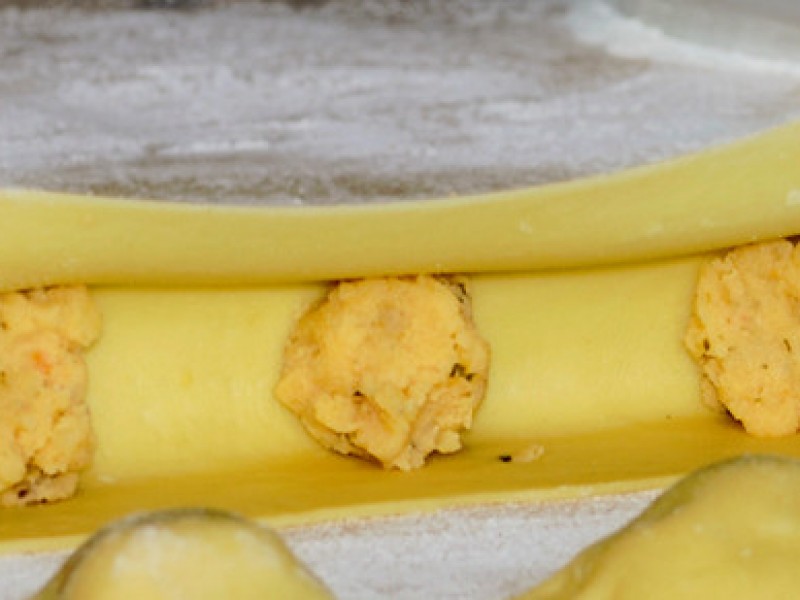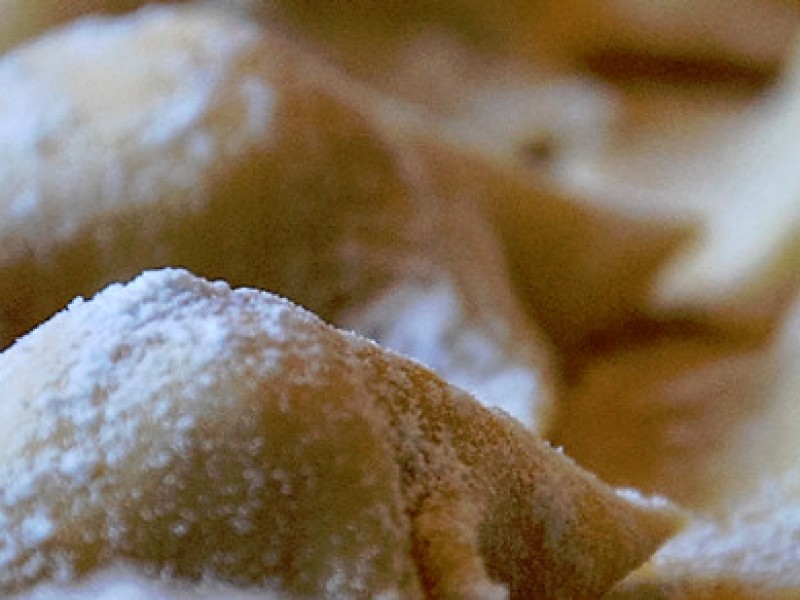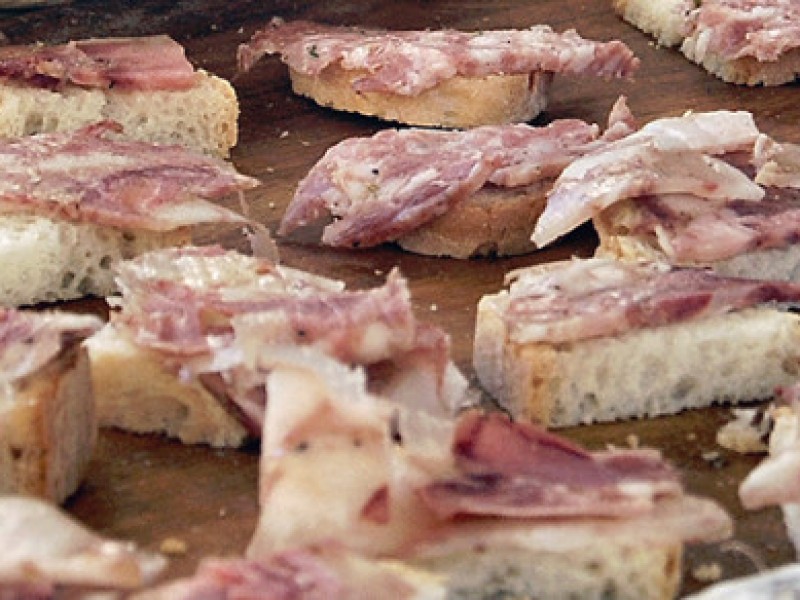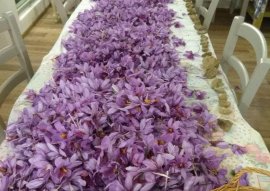The characterstics
Saffron is a spice derived from the flower of the saffron crocus (Crocus sativus) - a genus in the family Iridaceae - whose purple-red-orange coloured stigmas are dried and used in cooking as a seasoning and colouring agent. It has a characteristic bitter taste and a distinctively strong aroma.
The history
There are many historical accounts of the production, the sale and the great value of this product of the Florentine Hills, which was once referred to and appreciated internationally by the name “zima di Firenze”. Saffron was also used to exchange goods, and as a spice in refined dishes. In Medieval times in Florence merchants from around the continent gathered to buy saffron. In 1440, at the time of Da Uzzano, an excise duty of 8 florins per load had to be paid on the saffron that travelled through Florence, but which was not produced locally. Historical accounts reveal that Florence was a center of production for saffron, and Baumgartner makes it clear in various passages of his work that the hills surrounding the city were ideal for this production. In the area, for some years now, saffron is being produced again, and with the same excellent results as it had in Medieval times.
Where and how it is produced
Saffron is again being grown in the province of Florence, and in particular in Mugello. Hillside, sunny terrains from 300 to 500 m.a.s.l. where the substrata are formed by sandy and calcareous marl, of clayey schist and sand, are the most suitable for this production because they present fairly loose, easily permeable ground. The bulbs are planted from the second half of August to the first of September. Mid October the flowers are hand picked and put in rooms until they wither and the stigma falls from the calyx. The stigmas are then collected in containers where they are dried (toasting) near the open flame of a fireplace or wood burning stove for 15-20 minutes, or by other forms or heat (fan heating systems). One hectare of land produces 80,000 kilos of fresh flowers, which means 60 kg of stigmas that must be dried.
An application has been made to include the saffron in the protected food category DOP, under the name "Zafferano delle Colline di Firenze" and is awaiting confirmation.
For information:
Comitato produttori Zafferano delle Colline Fiorentine Dop (saffron producers)
Via Santa Brigida 10
50060 S.Brigida – Pontassieve (Firenze)
Tel. 055 8300800 - Fax 055 8300935
info@zafferanodifirenze.it - www.zafferanodifirenze.it
Phone: 3334243603
Website: www.podereriosecondo.com/
Email: podererio.mugello@gmail.com
Phone: + 39 055 812251
Mobile: +39 349 6706469
Email: stefiric@libero.it
Typical Tuscan and Mugello cuisine, homemade pasta and tortelli. Gluten free and vegetarian menu. ...
Mobile: + 39 338 7012567
Website: www.agriturismocorzano.com
Email: info@agriturismocorzano.com
Phone: + 39 055 8490367
Website: www.centrocarnimugello.it
Email: info@centrocarnimugello.it
The Shop is open from Monday to Saturday 8.30am-1pm and 3.30pm-7.30pm, on Sunday 8.30am-12.30am
Phone: + 39 055 0763253
Mobile: +39 333 9978977
Website: www.palazzovecchio.eu
Email: info@palazzovecchio.eu
Phone: 3478302914
Il Castellare farm specializes in the production of two high-quality and niche products: Aglione and Saffron.




































